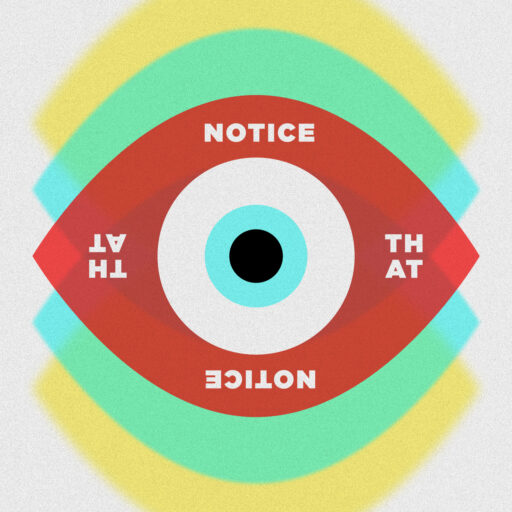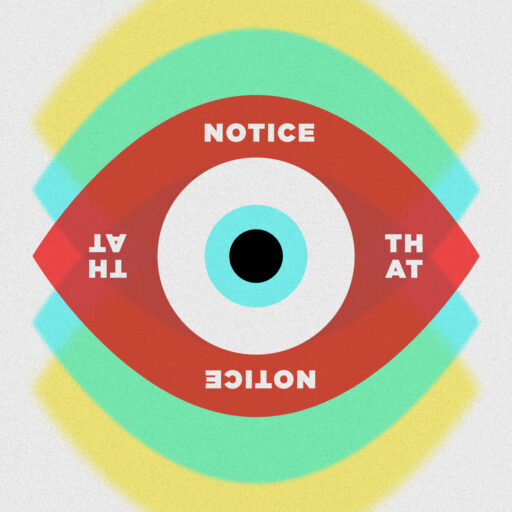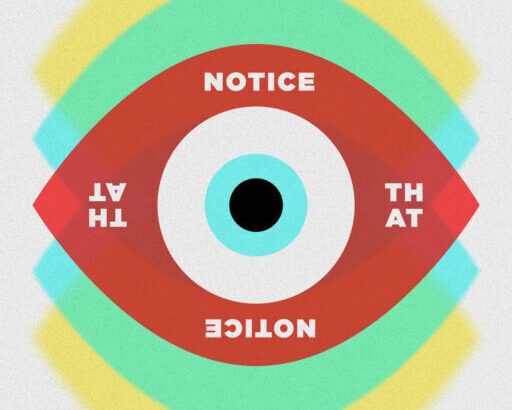Neurodevelopment & Attachment (68)

Welcome to Season Two! Listen to Notice That’s first episode of 2022 to hear the hosts discuss neurodevelopment, attachment, and the information processing system.
Listen to Episode 65: Human As Organism first for a better understanding of today’s topic, attachment and neurodevelopment.
Nature & Nurture
- The building blocks of life are begun in utero
- Bridger’s house metaphor (6:58 & 27:53)
- First understand, what goes into the foundation provides the stability for later structures.
- In other words, the experiences a client has in utero and early stages of development literally stack and connect brain structures.
- This organization contributes to the overall global appraisal of the core self.
- The answer to the question “who am I?” is a reflection of how interconnected the brain is.
- We create internalized representations of our environment, including the people that we’re in relationship with.
- Importantly, it’s not just about how much a parent loves their child (Start the conversation here for a more thorough explanation 30:17).
Information Processing System
“The way in which our lived experience shapes that information processing system, and the structures involved, is very connected to the way that we as individuals detect, respond, and evaluate threat or lack of threat.”
- Your information processing system is a set of structures in your brain
- Information processing in the brain is based on lived experience.
- These experiences create templates for how to process information.
- Additionally, our system is constantly evaluating our safety.
- Importantly, it is our attachment relationships that mediate whether something is threatening to us or not.
- With all that in mind, it becomes clear how relevant trauma and attachment experiences are to therapy and healing.
- For example, if the individual wasn’t safe and secure, they likely had to choose objectivity to hide from their environment.
- This experience created new templates, providing evidence to the individual that there is more threat in the environment than safety.
- Further, these new templates are how the individual will process all experiences going forward until they’re shown something different.
Secure Enough Attachment
- First, being 100% securely attached is impossible
- Importantly, our bodies are sensitive to the idea of critical mass
- In other words, it just has to be the majority (of our body, our experiences, etc.)
- It’s not that we never feel fears, or anxieties, or lack of confidence about things
- It’s that we have enough of the good stuff to outweigh that.
- Remember, EMDR works with the idea of critical mass.
- Why do we not attempt to target every single negative experience that a human has ever had?
- Because it’s not necessary. We only need a critical mass.
- We need enough to shift so that the system then evaluates things through this lens of ‘well, yeah, that’s always a chance there could be challenge or struggle. But evidence shows me that I’m going to be okay, right?’
What do you pay attention to when conceptualizing a client through their attachment experiences?
“When someone doesn’t feel safe, they can’t feel seen, which disallows them from feeling soothed, which means they’re not going to be securely attached to this individual.”
Safe, Seen, Soothed, Secure – Dan Siegel
- The four Ss lead to secure attachment
- These are the elements a person needs to feel safe in connection with other organisms
- Be curious when the four Ss are not present between two organisms
- The presence of the four Ss during sensitive stages of growth greatly affects the development of the templates an individual will use to process information for the rest of their lives.
Adaptive Information Processing
- Why has this person maladaptively processed this experience?
- The way their information processing system developed provides insights to this question.
- Again, life experiences, specifically those involving attachment relationships, create the information processing system.
- Through this system, we make sense of all our experiences.
Exploring the feel and quality of their attachment relationships
- Be really curious about how their attachment relationships played out and how it felt to them
- Note all their descriptive words and body as they describe these relationships.
- Remember to ask about prenatal experiences.
- Because even though those experiences might not seem relevant to the client, they are incredibly relevant to their body.
- It’s the condition of the attachment environment that matters most.
- In other words, it’s not about the specific experiences.
- Rather, it’s more important how those experiences were felt, encountered, integrated, and then implemented back into the environment.
EMDR
“Regardless of the modality we’re using, the ability to really focus in, to be present and incredibly attentive, to take a tiny moment in a session, a moment of activation, and stretch it out and look at it… If we can do that, the system has enough space and attention to actually do what it naturally wants to do, which is heal.”
- Remember, it’s not just a single incident that creates a perpetual problem for an adult.
- However, we can find one experience that represents a theme in their life.
- Through processing this one experience, we can expect a generalization effect.
- This is most effective when it’s met with resourcing that matches the need.
- If resources don’t yet exist, we help to create them.
- Resource with intention
- First, resourcing is more than a calm place, nurturer, etc.
- Don’t forget bottom-level resources (safety and survival).
- Note, just because a client has had EMDR before doesn’t mean they’re “done” with resourcing.
- There’s not a difference between resourcing and reprocessing when we actually know what we’re doing (39:06).
- Finally, be sensitive to what is needed at the moment, rather than finding a linear protocol and sticking to it.
- Memory reconsolidation doesn’t require BLS.
- Instead, BLS offers a way to initiate the system, focus in, and be more effective
- Remember, our systems are naturally created to do this.
Examples
- Melissa’s example with her daughter’s attachment (18:12)
- Jen’s example of working with a client with major grief (19:44)
- Jen discusses her target selection thought process
- Melissa’s example of her client using her current physical presentation and financial stability as a bottom level resource (35:33)
Resource Links
- Focusing by Eugene Gendlin
- Visit our website for all things BHC
- Give your support and gain access to exclusive content through Patreon
- Contact us about retreats and therapy
- Contact us about trainings and consultation
Did you know? After full completion of Beyond Healing Institute’s Somatic Integration and Processing training, each participant can receive 21 NBCC hours.
Need more content? (aka pod-therapy)
- First, listen to our past episodes of NT here
- Then, check out more Beyond Healing podcasts
- Evidence Based Therapist – where we read so you don’t have to!
- Beyond Trauma – geared towards clients
- Burnt Out Educator (coming soon!)





